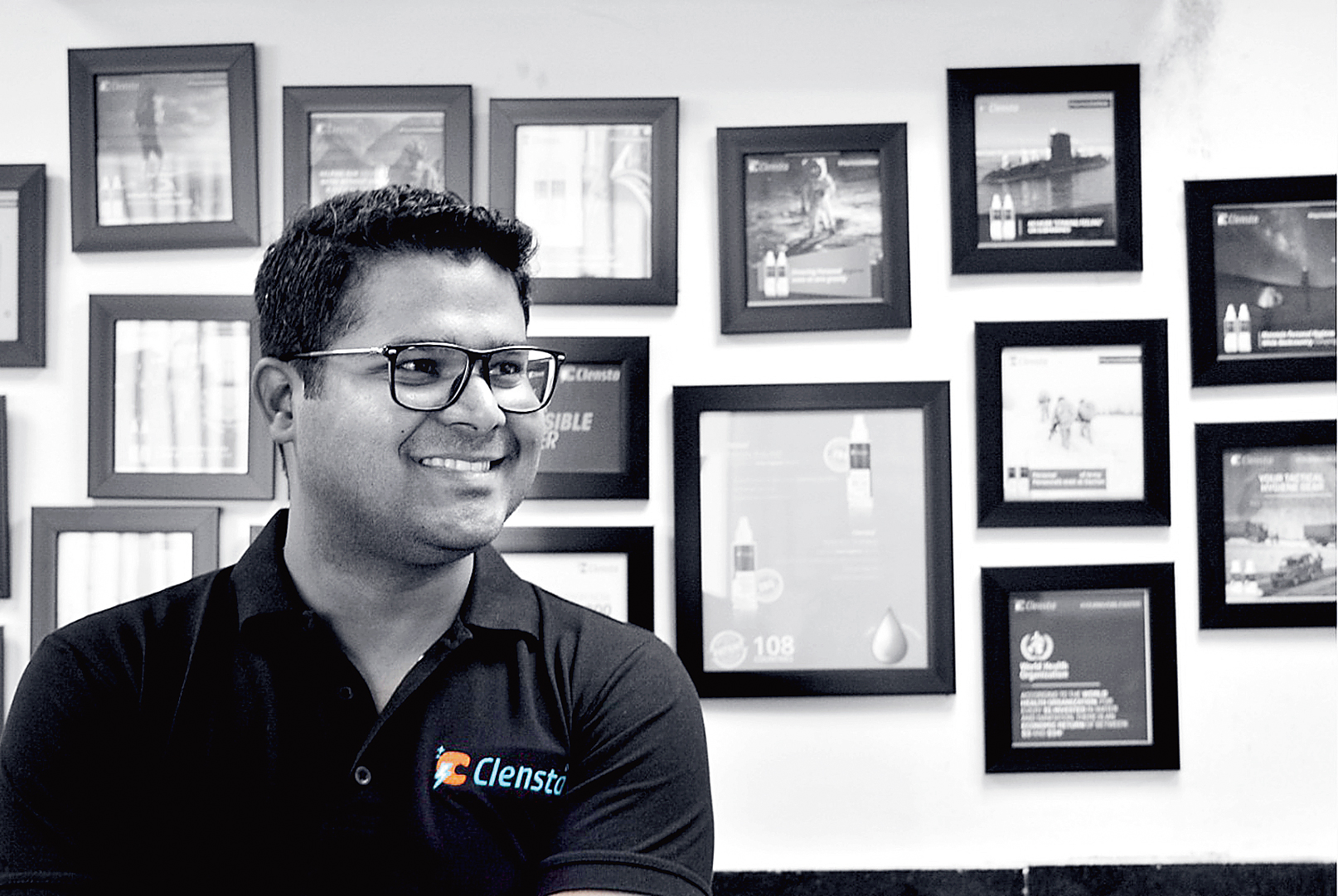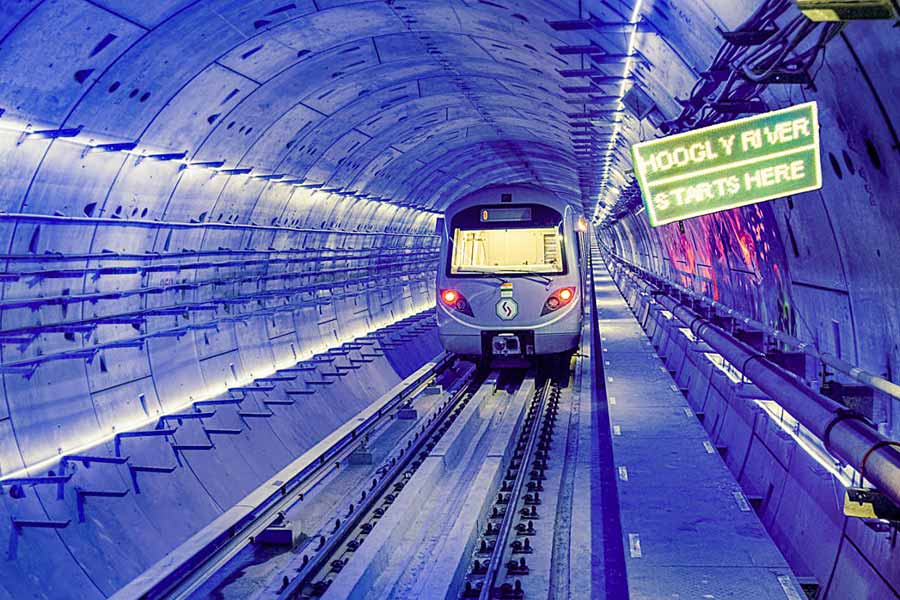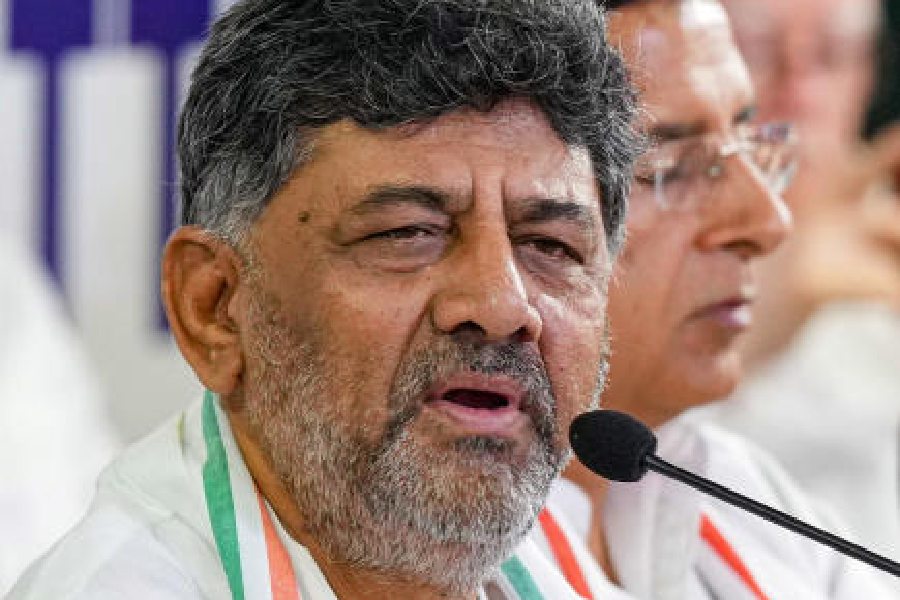The Global Innovation Policy Center’s International Intellectual Property Index has been published recently. The index, constructed for 50 nations, is a measure of how strong a country’s intellectual property protection system is. Intellectual property protection lies at the core of policies that govern innovation and technological progress. This year, India has improved its score as well as rank significantly, jumping from 44 out of 50 nations last year to 36 this year. Its score has increased from 12.03 out of 40 to 16.22 out of 45. The better the innovation policies, the more competitive advantage an economy has. Access to and use of knowledge increase sharply, leading to technological progress. Employment in high-tech sectors with high-paying jobs rises. Over and above these positive features, nations with high indices attract higher foreign investments which, in turn, feed more expenditure into research and development of new knowledge. The impact on society is clearly widespread in terms of moving to a modern, knowledge-based economy. The policy environment must not only protect patents, trademarks, copyrights and trade secrets but also create an enabling environment for fast-tracking procedures, participating in international IP treaties and cooperating in tracking down violations.
The improvement in India’s performance is certainly good news compared to its showing last year. However, it is still in the bottom half of the ladder and, barring South Africa, is the worst performer in the BRICS group. According to the report, there has been significant improvement in the patentability environment, especially in the computer-implemented inventions. However, time-consuming procedures slow down the granting of patents. In creating the protection for an innovation, time can be of the essence in the hyper competitive world of today: someone else can come up with the same, or a very similar, idea. There is also a limited framework for the protection of intellectual property in the life sciences. India’s large informal sector has a remarkable ability to create counterfeit goods at very low costs. This has to be controlled if the protection regime has to be meaningful and credible. It is not an easy task. Yet, if India is to believe that it can beat the economy of the United States of America in terms of size, it has to become a knowledge economy. It would be a long and hard road ahead, moving from a score of 16.22. The US, which has topped the league table for the index, has a score of 42.66 out of a possible 45.



.jpg)








